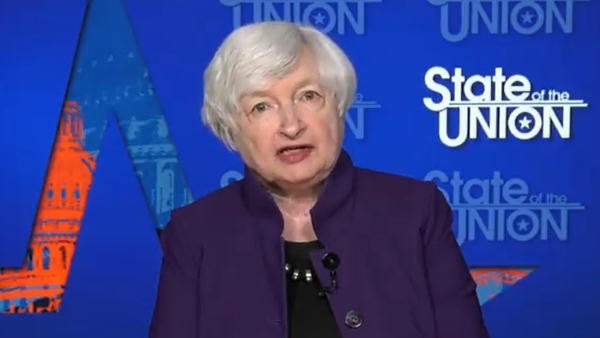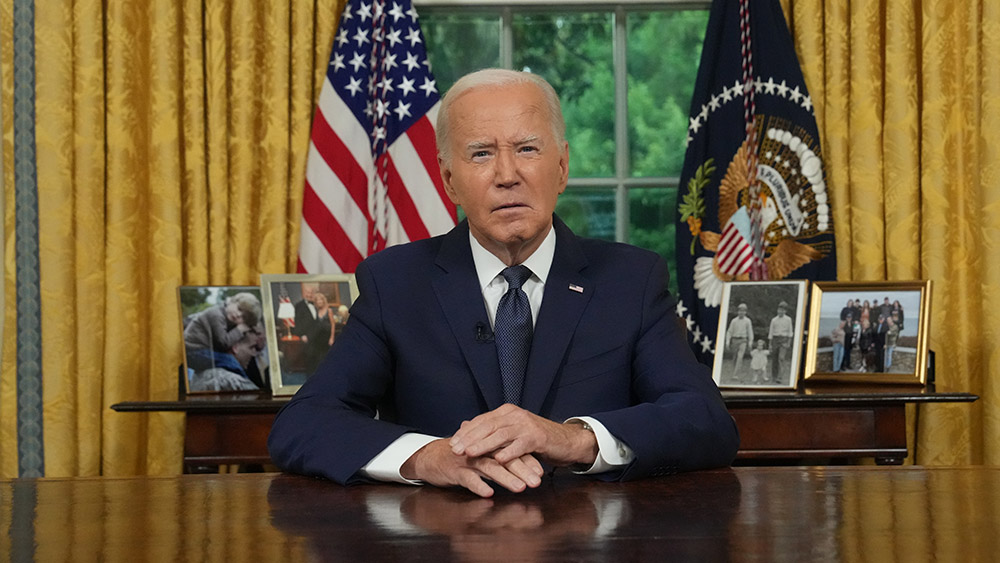U.S. healthcare system wastes 25 cents for every $1 spent – can Team Trump fix it?
12/06/2024 / By Ethan Huff

One of the worst places to live in the world for healthcare is the United States, which is rife with waste.
The latest estimates suggest that 25 percent of U.S. healthcare spending basically gets flushed down the toilet. Put another way, for every $1 spent on healthcare in America, 25 cents of it goes to waste.
In 2021, U.S. healthcare spending reached an astounding $4.3 trillion, or about $12,900 per person, on average – though keep in mind that typically older, sicker, and more insured populations account for most of that spending, not to mention the fact that millions of Americans do not even have healthcare coverage and thus are not included in that average unless they are paying for healthcare out of pocket.
If every American was covered within the existing paradigm, the total spending amount would be even higher which is amazing considering other countries with universal healthcare programs spend about half, on average, per person compared to the U.S. rate. Why is that?
A big part of the problem is waste, claims the Peter G. Peterson Foundation (PGPF). If wasteful healthcare spending was eliminated, nearly $1 trillion per year in healthcare costs could be saved, the group says.
(Related: It was announced this week that Trump is nominating “America First fighter” Kash Patel to lead the Federal Bureau of Investigation.)
Administrative costs top list of healthcare waste line items
In 2019, a team of healthcare scholars published a study in the Journal of the American Medical Association (JAMA) outlining how these figures were calculated. It defines wasteful spending in healthcare as follows:
1) Services and processes that are either harmful or that do not deliver any benefits
2) Excess costs that could be avoided by replacing services and products with cheaper alternatives that are identical or even better
The biggest line item that could at the very least be trimmed are administrative costs. Upwards of $266 billion annually is wasted on administrative costs, which are the highest in the world by far.
In 2021, the U.S. spent $1,055 per capita on healthcare administrative costs, which is more than three times what Germany, the second-highest spender on administrative healthcare costs, spends per capita at just $306.
“That difference is partially due to the administrative complexity of having multiple payers in the U.S. healthcare system, which results in higher costs associated with billing- and insurance-related expenses, including managing insurance claims, clinical documentation and coding, and prior authorization issues,” PGPF says.
“That administrative complexity is illustrated by the fact that estimated time spent dealing with bill-related matters amounts to $68,000 per physician per year. However, it should be noted that much of the spending discrepancies among countries stem from the fact that the U.S. healthcare system operates differently than other OECD countries, particularly those with single-payer systems.”
Out of all the OECD (Organization for Economic Cooperation and Development) countries, Japan spends the least on healthcare administrative costs at just $82 per capita, followed by the United Kingdom at $97 per capita.
Operational waste, i.e., pricing failures and misuse of medical materials, is another area of U.S. healthcare spending that could use a big trim. There is so much inefficiency that a few common-sense tweaks would easily help to reduce costs and move things in the right direction.
“The wastefulness or inefficiencies of the country’s healthcare system is a notable factor contributing to costs in that sector,” PGPF says. “Since the government pays for around two-fifths of all healthcare spending, eliminating wasteful spending, where possible, would aid in reducing the nation’s debt.”
“Fortunately, there are plenty of solutions to explore that would mitigate wasteful health spending and help reduce the financial impact on both individuals and the government.”
In addition to waste, the U.S. healthcare system is also highly corrupt. Learn more at BadMedicine.news.
Sources for this article include:
Submit a correction >>
Tagged Under:
administrative costs, conspiracy, corruption, Donald Trump, finance riot, government debt, health coverage, healthcare, inefficiency, insanity, money supply, national debt, waste
This article may contain statements that reflect the opinion of the author
RECENT NEWS & ARTICLES
COPYRIGHT © 2017 NATIONAL DEBT NEWS




















